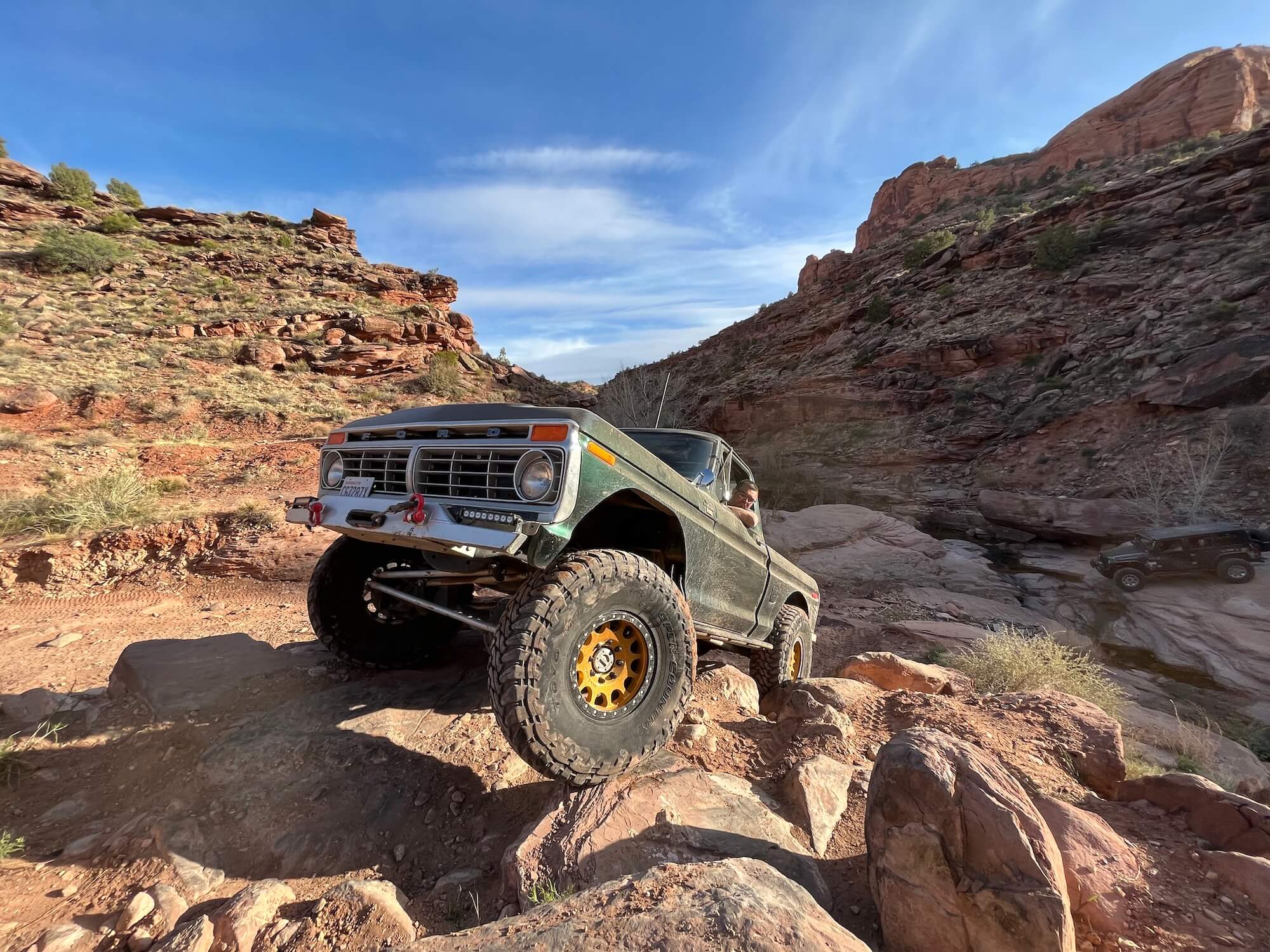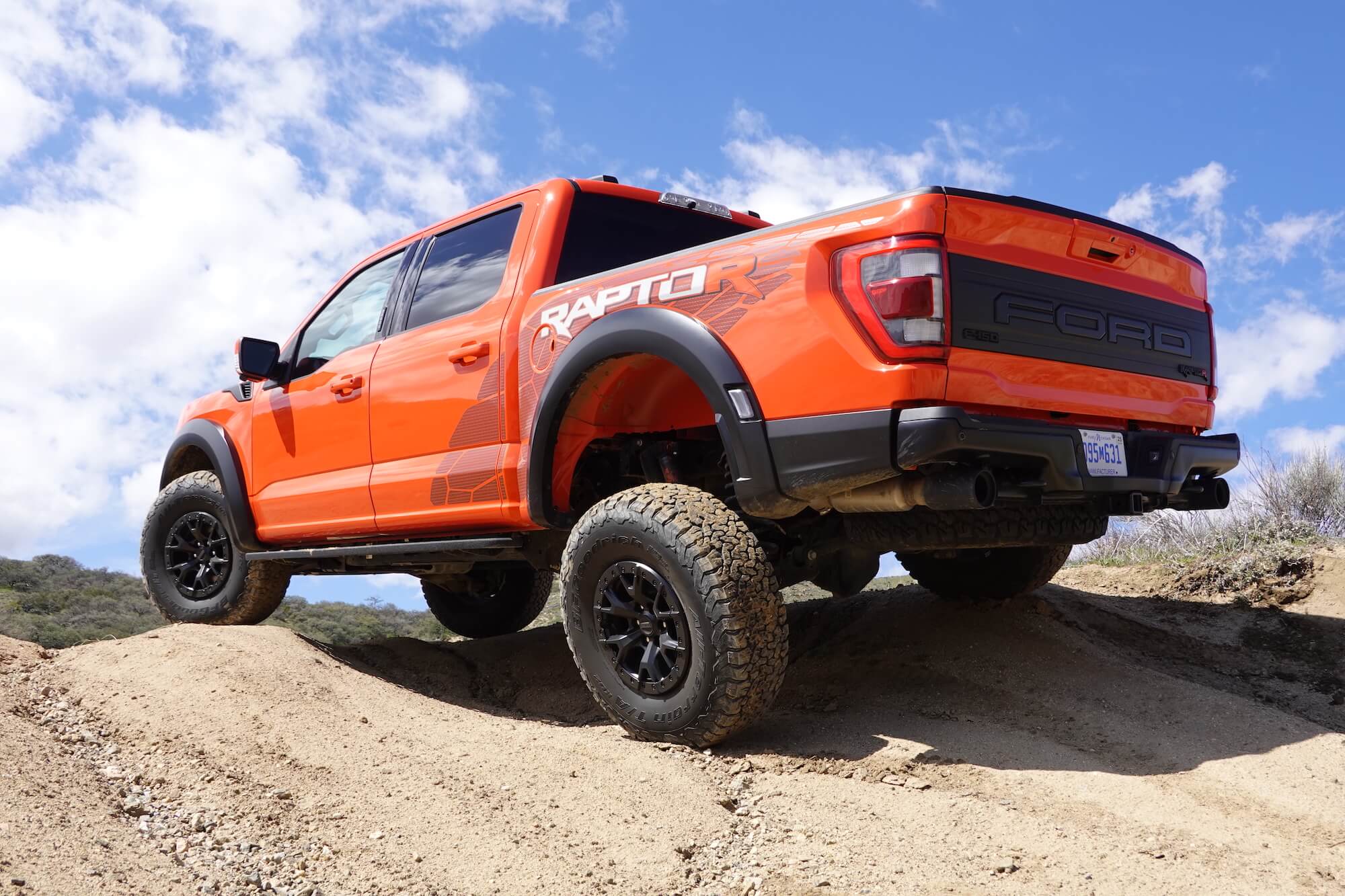The Latest
Top Stories
- How We’d Spend Your Tax Refund Apr 21, 2023
- Best Jeep Wrangler JL Steering Upgrades Aug 2, 2022
- 2007 To 2018 Jeep Wrangler JK Buyers’ Guide Jul 11, 2022
- Bronco First Edition vs. Wrangler Rubicon 392 Xtreme Recon—Head to Head Battle May 9, 2022





